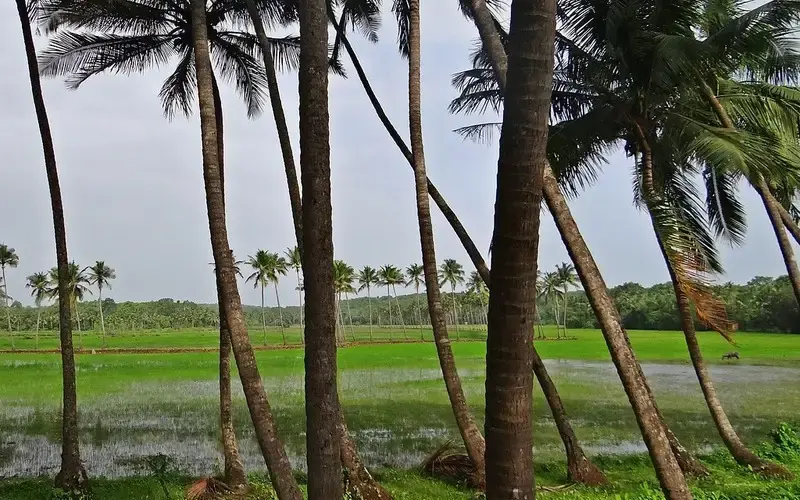


Goa, located on India's western coast, has a storied history that reflects a unique blend of Indian and European influences. In ancient times, it was part of various dynasties, including the Mauryas and the Chalukyas. However, its most defining historical period began in the early 16th century when Portuguese explorers arrived. Over the next four centuries, Goa was a Portuguese colony, leaving a lasting impact on its culture, architecture, and religion. The state became a crucial hub for the spice trade and played a significant role in the spread of Christianity in India.
In 1961, Goa was liberated from Portuguese rule and became a part of independent India. Today, it stands as a ...
Goa, located on India's western coast, has a storied history that reflects a unique blend of Indian and European influences. In ancient times, it was part of various dynasties, including the Mauryas and the Chalukyas. However, its most defining historical period began in the early 16th century when Portuguese explorers arrived. Over the next four centuries, Goa was a Portuguese colony, leaving a lasting impact on its culture, architecture, and religion. The state became a crucial hub for the spice trade and played a significant role in the spread of Christianity in India.
In 1961, Goa was liberated from Portuguese rule and became a part of independent India. Today, it stands as a vibrant state celebrated for its beautiful beaches, unique heritage, and a harmonious coexistence of Indian and Western influences, making it a sought-after tourist destination.